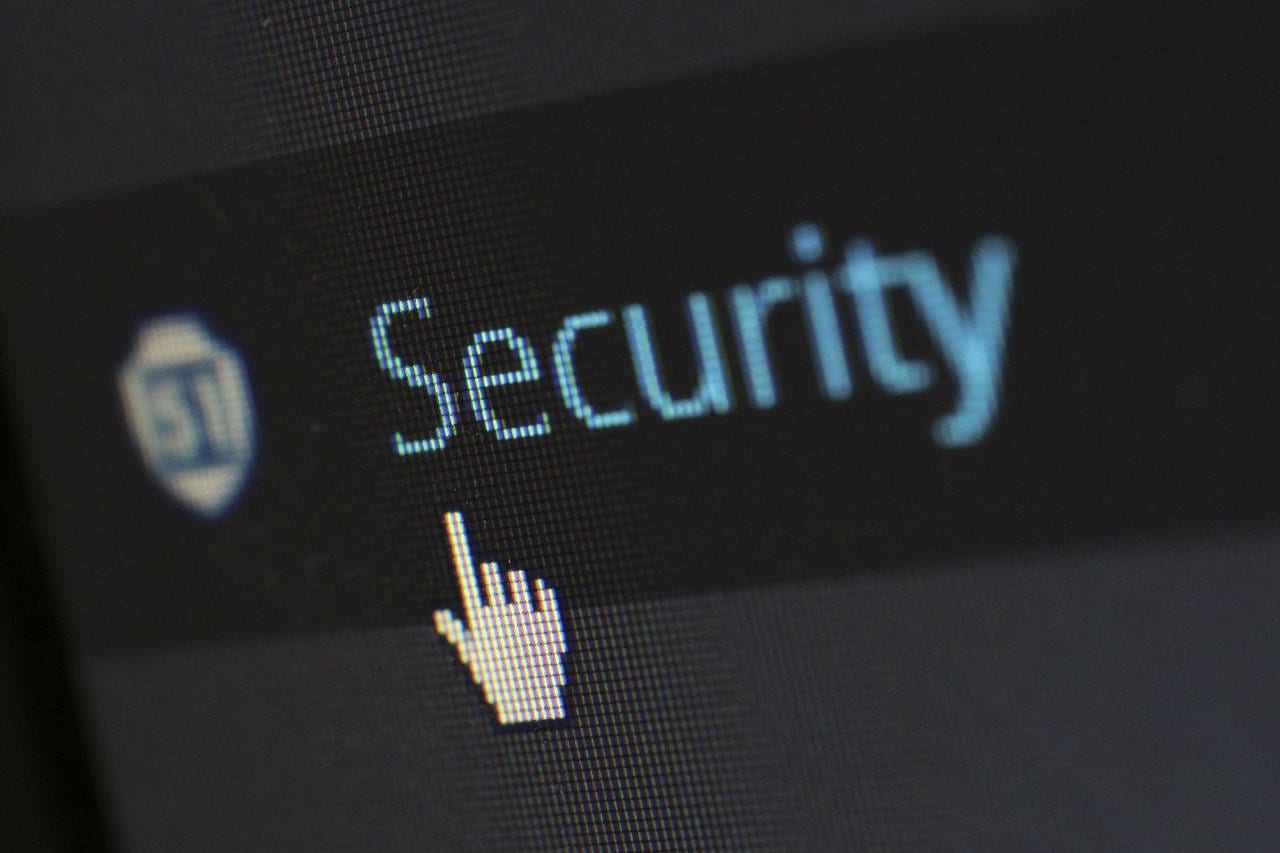Why Workplace Security is More Important Than Ever

Why does your workplace need security?
You may not even realize all the ways that your business is at risk, or what you have that someone might want to compromise. Here are some of the reasons that your workplace needs security.
1. Physical assets and valuables
If you base your business in an office, then chances are that you have expensive equipment on site. Even your home office will likely house valuable items that you’d rather not lose. You may also have physical records that contain sensitive client and business information that you don’t want to fall into the wrong hands. Protection from theft is important externally, but also internally. Staff are just as capable of robbery as an outsider, so you need proper measures in place to protect yourself.
2. Cybersecurity
Beyond physical theft, you also need to protect yourself from a data breach or cybercrime. Your business likely stores a lot of sensitive data on computers and cloud-based software. Information includes business credit card and bank details and a bank of client and staff records. A data breach can have devastating consequences for a business, so the more protection you have, the better.
3. How can you make your workplace secure?
As technology continues to advance, there are new and effective security software and equipment that can protect your business. Here are some of the best investments you can make to protect you, your staff, and your data.
4. Access control
First and foremost, you need to implement access control into your workplace. Access control will allow you to monitor who comes in and out of your office and keep out people who should not be there. Remsdaq offers a ton of different Remsdaq access control options from keycard access to coded access and even biometric access. Implementing access control will be the best line of defence for protecting anything within your workplace.
5. Data protection
Your office may have physical protection with access control, but it’s also essential to protect your documents and data. Invest in a quality data protection system with secure access to documents and files. Ensure that only the necessary staff members receive access to the relevant documentation, and everything is password protected. Data protection will help prevent cybercriminals from hacking into your system and destroying your data.
6. End of day procedures
Create solid end-of-day practices which all your staff need to follow to ensure everything is secure overnight. Make sure that each staff member logs out of all windows in their workspace and shuts down their computer. Whoever is the last person on site should be in charge of setting the appropriate alarms when they exit the office. It’s a good idea to assign two people to this task to double-check that it is properly done.

 If you are in control of a business, no matter how large or how small it is, you likely have problems that keep you up at night. There will always be inherent risks to any business-owner, which typically runs proportionally to rewards; everybody knows that entrepreneurs take big risks by not being employees, but they do so because they anticipate a payoff. In business, you should be looking for ways to minimize inherent risk at every opportunity. Here are some of the most dangerous things for businesses.
If you are in control of a business, no matter how large or how small it is, you likely have problems that keep you up at night. There will always be inherent risks to any business-owner, which typically runs proportionally to rewards; everybody knows that entrepreneurs take big risks by not being employees, but they do so because they anticipate a payoff. In business, you should be looking for ways to minimize inherent risk at every opportunity. Here are some of the most dangerous things for businesses. If you’re a fledgling business owner or are in the early stages of setting up premises for a new venture, one aspect you are likely not thinking about a lot is fire safety. Starting a new business requires a hefty amount of thought and planning, but most of that will be focused on acquiring customers, financial planning, marketing strategies, overheads, and so on.
If you’re a fledgling business owner or are in the early stages of setting up premises for a new venture, one aspect you are likely not thinking about a lot is fire safety. Starting a new business requires a hefty amount of thought and planning, but most of that will be focused on acquiring customers, financial planning, marketing strategies, overheads, and so on.
